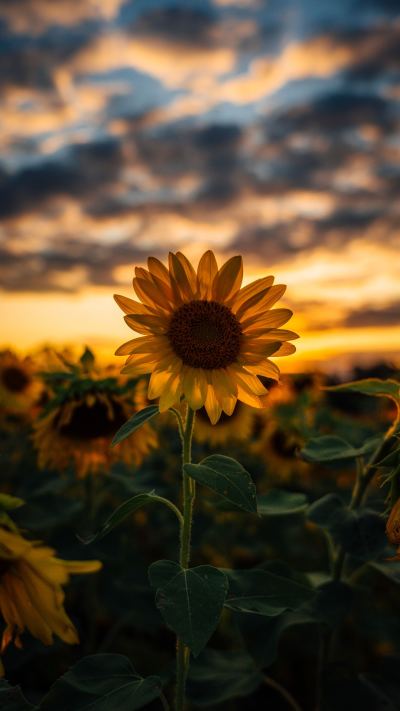
Eleven months after its release, I finally watched the film “The Woman King.” I longed to watch this film as it was starred by my favorite actress, Viola Davis. However, I prefer to watch movies when all the hype and fanfare cease—resulting in the prolonged wait.
Viola demonstrates remarkable creativity and commitment when portraying her roles, so much so that you are drawn to the character's humanity. With Viola, everything matters. From the jewels her characters wear, to the scars on her character's skin. She uses everything to convey the persona of her role magnificently. For this reason, I love her so much.
The timeline of this film dates back to the upsurge of the transatlantic slave trade. During this time, powerful African tribes plunder lesser tribes of their people to sell them to wealthier European powers. These people would then be used to work the sugar plantations in the West.
However, a unit of female warriors, “Agojie,” were from the West African kingdom of Dahomey. Their leader, Nanisca, played by Viola, strongly opposed this trade. Though very lucrative, Nanisca believed that other natural resources could be used to maintain the wealth of the Dahomey kingdom.
Some themes I observed with Nanisca’s character were bravery, unforgiveness, revenge, and love. The question I had while watching this film was: was a heavy price being paid for a facade? Did Nanisca truly obtain the freedom for which she fought so dearly? Throughout this article, I will share why my mind asked such questions.
The cycle continues
The show started with Agojie battling against slavers from the Oyo Empire. These slavers abducted Dahomean women to sell them as slaves to the Europeans. The Agojie conquered the slavers and returned to Dahomey with their women.
While at the Agojie base, there was a scene where Nanisca was nursing her injuries from her previous battle. During this scene, viewers were exposed to the many scars that were on Nanisca’s back. As I beheld these scars, all I could think of was, “The cycle continues”.
The cycle of hatred, revenge, and unforgiveness continues. Despite the nobility of the actions of Agojie in freeing their people from captivity, they still killed the husbands of wives, fathers of children, and brethren of men. Wives, children, and men who will harbor hatred towards the kingdom of Dahomey.
Nanisca’s scars represent the cycles of war that she has endured to protect the Dahomean people. Furthermore, her anxieties communicated the mental unrest she faced as a consequence of being a chief participant in this cycle. Nanisca’s burdens were far more significant than what meets the eye.
Nanisca’s conflicts were more internal than they were external
I was most intrigued by Nanisca’s inner conflicts throughout the story. Nanisca wrestled with the sexism and classism that existed within the hierarchy of the Dahomean kingdom. She was also constantly tormented by the memory of being raped by members of the Oyo empire at a younger age.
These conflicts came full circle when she was considered to be the next Woman King. As well as when she came face to face with her daughter, Nawi. Nawi was conceived as a result of General Oba Ade raping Nanisca. Nanisca contemplated killing Nawi at birth. Instead, she placed a shark tooth inside a wound she created in Nawi’s back and gave her to another family.
Though she got her revenge against General Oba Ade by killing him, Nawi was still his daughter. I can envision that if there were to be a sequel, That the struggle between Nawi and Nanisca would be explored. Why? Because Nawi would still be a reminder of the rape she suffered.
Furthermore, given Agojie’s policy against marriage and childbearing for their soldiers. If people found out that Nawi was Nanisca’s daughter. It would call into to question her leadership of Agojie. This would increase people's concerns about whether she was fit to be Woman King.
A sunflower in Gilgoth
Nanisca has fought many battles so that she and her people would be free. But at what expense? Watching Nanisca caused me to grow in my appreciation of the works of Jesus Christ. Jesus sacrificed his own to pay the price for our sins. So that man would no longer be slaves to sin but to righteousness.
His sacrifice, unlike Nanisca’s, never shed blood but his own (Revelations chapter 1 verse 5). His fight for freedom never came at the expense of other’s lives but his own (John chapter 3 verse 16). His fight never left families in despair but gave people hope.
Nanisca’s scars represent her time's continuous cycle of war, hatred, and revenge. However, the scars on Jesus' hand and his side represent a promised end to the cycle of sin’s dominion in our lives. The freedom that Nanisca fought for was not a facade. The kingdom of Dahomey did enjoy some space due to her leadership of the Agojie.
However, there is a higher freedom that is available to us all. A liberty that costs one man everything but gives everything to those who believe. So, keep your eyes on the sunflowers in Golgotha. For there lies the truest and purest source of freedom.

Akeel Henry (West Indies) enjoys sharing the hope of Jesus Christ with all individuals. He is currently a trained Biochemist who aspires to become a physician and a pastor. If you wish to share feedback concerning his articles, his email address is ah051097@gmail.com. He can also be reached on facebook, Instagram (Akeel Henry) and on twitter (@A155_thevine).